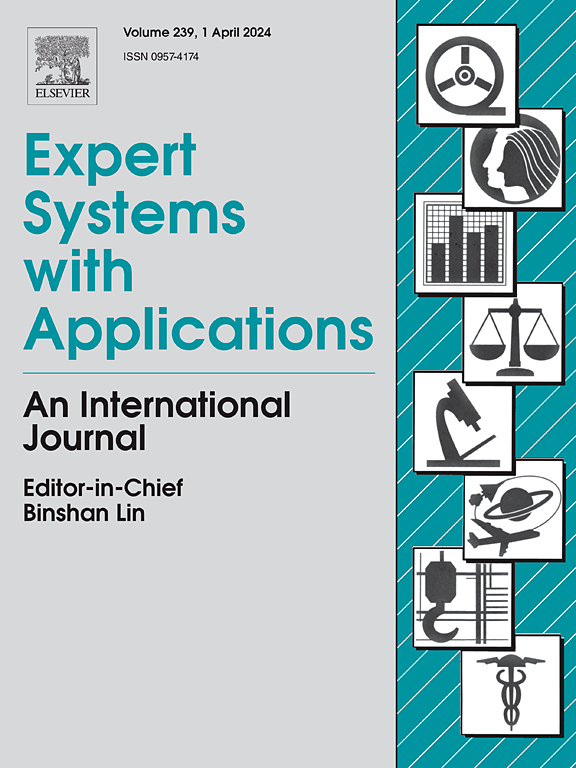MGTNSyn: Molecular structure-aware graph transformer network with relational attention for drug synergy prediction
IF 7.5
1区 计算机科学
Q1 COMPUTER SCIENCE, ARTIFICIAL INTELLIGENCE
引用次数: 0
Abstract
Accurately predicting the synergistic effects of drug combinations is a significant challenge for modern personalized oncology treatments. Graph neural networks (GNNs) can capture rich structural information about drug molecules, supporting the prediction of cancer drug responses and accelerating the discovery of novel drug combinations. However, the existing GNN-based methods have problems such as over-smoothing and over-squashing, which limit the techniques’ ability to express the structural information of drug molecules. To this end, this study proposes a molecular structure-aware graph Transformer network with relational attention for predicting drug synergy (MGTNSyn). MGTNSyn utilizes a graph relational attention network to aggregate key local substructures and identify molecule functional groups. It also employs the molecular structure-aware graph Transformer network to detect mutagenic motifs in drugs from a global perspective. The information on drug structure obtained at local and global levels enables MGTNSyn to better understand the mechanism of drug therapy for cancer. Extensive experiments on two real-world datasets demonstrate that MGTNSyn outperforms other state-of-the-art methods and alleviates expression limitations. The novel drug combination prediction experiments on three cancer cell lines demonstrate the method’s ability to discover therapeutic drug combinations.
MGTNSyn:用于药物协同预测的具有关联关注的分子结构感知图变换网络
准确预测药物组合的协同效应是现代个性化肿瘤治疗的重大挑战。图神经网络(gnn)可以捕获有关药物分子的丰富结构信息,支持癌症药物反应的预测并加速新药物组合的发现。然而,现有的基于gnn的方法存在过度平滑和过度压扁等问题,限制了该技术表达药物分子结构信息的能力。为此,本研究提出了一种具有关系关注的分子结构感知图Transformer网络(MGTNSyn)来预测药物协同作用。MGTNSyn利用图关系关注网络聚合关键的局部子结构并识别分子官能团。它还采用分子结构感知图Transformer网络从全局角度检测药物中的致突变基序。在局部和全球水平上获得的药物结构信息使MGTNSyn能够更好地了解癌症药物治疗的机制。在两个真实数据集上进行的大量实验表明,MGTNSyn优于其他最先进的方法,并减轻了表达限制。在三种癌细胞系上进行的新型药物组合预测实验证明了该方法发现治疗药物组合的能力。
本文章由计算机程序翻译,如有差异,请以英文原文为准。
求助全文
约1分钟内获得全文
求助全文
来源期刊

Expert Systems with Applications
工程技术-工程:电子与电气
CiteScore
13.80
自引率
10.60%
发文量
2045
审稿时长
8.7 months
期刊介绍:
Expert Systems With Applications is an international journal dedicated to the exchange of information on expert and intelligent systems used globally in industry, government, and universities. The journal emphasizes original papers covering the design, development, testing, implementation, and management of these systems, offering practical guidelines. It spans various sectors such as finance, engineering, marketing, law, project management, information management, medicine, and more. The journal also welcomes papers on multi-agent systems, knowledge management, neural networks, knowledge discovery, data mining, and other related areas, excluding applications to military/defense systems.
 求助内容:
求助内容: 应助结果提醒方式:
应助结果提醒方式:


